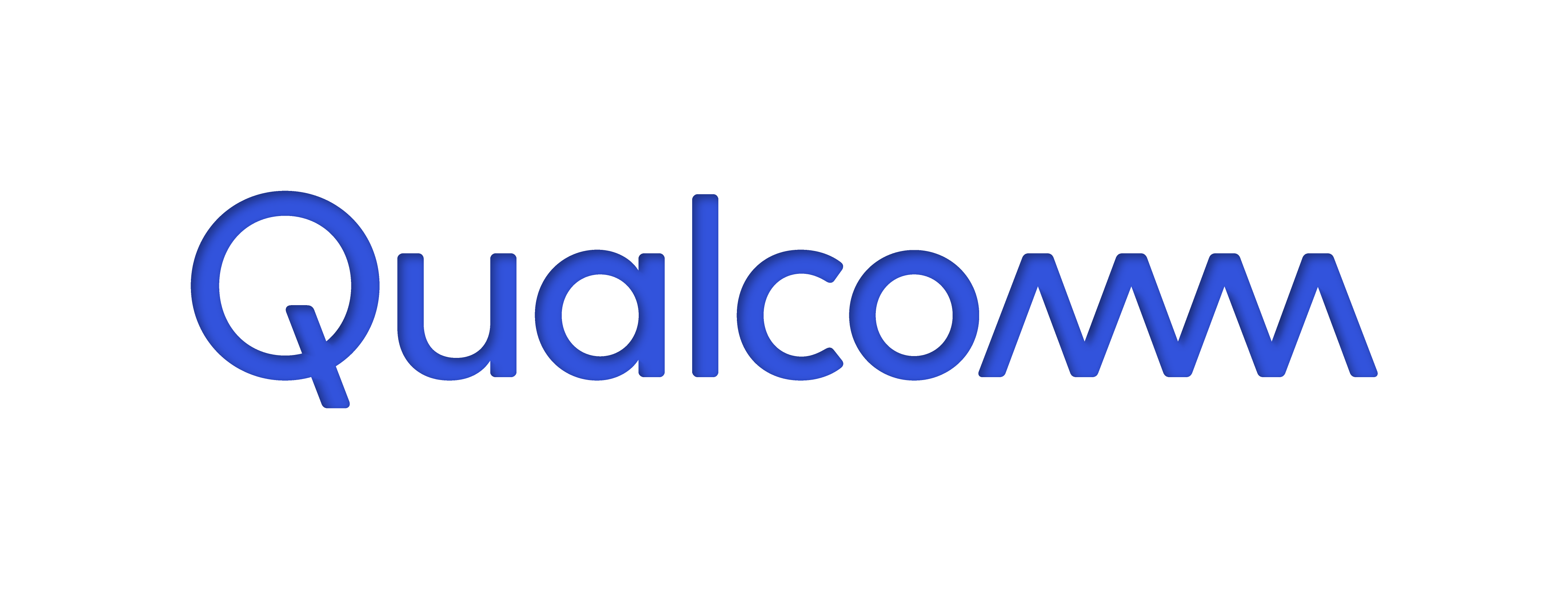Qualcomm Wireless Reach and the Sustainable Development Goals: Lessons Learned in Nairobi
By Margaret Ombai

I must confess: while I’ve always been excited by technological innovations that transform people’s lives, like the Vodafone m-pesa mobile money service that many Kenyans now use instead of cash to pay for groceries, car fuel, even health clinic fees, I hadn’t given much thought to how information and communications technology (ICT) can also revolutionize how work is completed in international development to help achieve the UN’s Sustainable Development Goals (SDGs). My ignorance quickly dissipated during the recent 8th Annual ICT4D Conference in Nairobi which I attended on behalf of Qualcomm® Wireless Reach™.
The conference brought together 750 thought leaders from 300 organizations in 70 countries to share and explore ways that ICT can reach, even accelerate, the achievement of the SDGs. Attendees were from many sectors, including government, private, public, technology and development.
As a representative of Wireless Reach, a co-sponsor of the event, I participated in plenary sessions as well as three breakout sessions that showcased the incredible impact of Wireless Reach-funded programs that are improving people’s lives globally. I was inspired by how the event allowed organizations to share their experiences and lessons learned from implementing ICT to obtain the SDGs.
The three Wireless Reach programs showcased in the breakout sessions included TaroWorks, the Power of mLearning in Kenya, and the CliniPAK360 program.
Over lunch, I asked Okey Okuzu, CEO of InStrat Global Health Solutions, a for-profit company and a collaborator with Wireless Reach and Vecna Cares in the CliniPAK360 health care program, “What is the secret of your program’s success?” He replied, “Our success was the marriage of a simple, yet powerful tool created by Vecna Technologies with InStrat’s capacity to execute and identify pathways for scale and sustainability to ensure profitability.”
Okey also shared that securing local buy-in for ICT development programs, especially at the local government level, is critical to achieving success. And, he said, holding CliniPAK demonstration projects at the local level, at no cost to State governments, has enabled him to secure assurances of State-funded scale-ups of CliniPAK projects, if the local projects are successful.
Emily Tucker, CEO of TaroWorks, originally incubated through a Wireless Reach-funded entrepreneurship program with the Grameen Foundation in Indonesia, expressed, "[f]or the 3rd consecutive year, TaroWorks attended the ICT4D conference, presenting at 4 different sessions talking about how to scale mobile technology for greater impact- a must for anyone working in technology and development."
And Joan Njogu, extended learning lead at eLimu, a Wireless Reach stakeholder in the Power of mLearning program, mentioned, “[t]he ICT4D 2016 conference was one of the best I have attended this year. My main lesson was that for eLimu to achieve the greatest impact, we have to design products with our consumers in mind. How will mobile technology improve or benefit their lives? Without this thoughtfulness, it will just be another technology.”
Through my experience at the conference, I discovered that unlimited opportunities abound for ICT to contribute to the ultimate attainment of the SDGs, and as this infographic by GOOD demonstrates, Wireless Reach programs already contribute in the areas of health, education, entrepreneurship, public safety and the environment.
A key conclusion was that partnerships, relationship-building and collaboration are the way to go if ICT is going to impact the SDGs. This conclusion is also a validation of the goals set for our work. Another key learning was that 3G and 4G usage will take an upward leap within the next five years. Qualcomm is a leader in both of these areas, and, through Wireless Reach, they are collaborating and leveraging advanced mobile technologies to have a positive impact on social and economic development.
From everything I learned in Nairobi, including the excitement, enthusiasm and hope that pervaded the conference atmosphere, along with the urgency with which technology innovators wish to move forward, I am now certain that technology will continue to play a defining role in achieving the SDGs and that Wireless Reach will remain at the center of it all.
Follow @QCWirelessReach on Twitter to see how mobile technology is transforming lives every day.
To learn more, please visit qualcomm.com/wirelessreach

